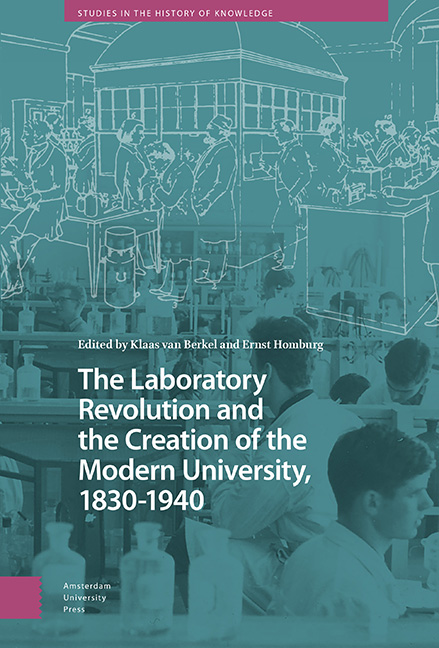8 - Religion and the Laboratory Revolution : Towards a Physiological Laboratory at a Calvinist University in the Netherlands, 1880–1924
Published online by Cambridge University Press: 29 November 2023
Summary
Abstract
Originally orthodox Christians were ambivalent about the modern research laboratory, which many of them dismissed as a symbol of ‘materialism’ and disbelief. It was only in 1918 that the Calvinist Vrije Universiteit in Amsterdam established its first laboratory, for physiology, and F.J.J. Buytendijk became the first professor of physiology. Although it was precisely in the chosen field of animal psychology that some distinctive, Christian emphasis could be placed, the most important consequence of this step was that the university was more than before adapting to what was already customary elsewhere. It turned out that the foundation of the laboratory instigated the Vrije Universiteit’s own ‘laboratory revolution’.
Keywords: Laboratory, religion, Neo-Calvinism, animal psychology, F.J.J. Buytendijk
Introduction
Over the course of the nineteenth century, the laboratory came to be seen as a symbol of scientific progress and innovation. Initially its role was restricted to the fields of chemistry and pharmacy, but in the second half of the century, laboratory work acquired significant authority in medicine as well. It was in the laboratory, proponents believed, that medicine finally seemed to find a scientific basis. The experimental method promised to open the way to a golden future for medicine, and the laboratory was the right place for it.
However, the laboratory also carried a more negative image. Especially in religious circles, it was often seen as a symbol of ‘materialism’ and disbelief. After all, medicine was practised in a fundamentally reductionist way in the laboratory. This was especially true of new forms of experimental physiology, which had captured a place in Germany around the middle of the century (championed by Carl Ludwig, Emil du Bois-Reymond, and others) and for which specialized laboratories were built. A characteristic of this work was the disappearance of a fundamental distinction between life and non-life. In the reductionist approach, there was no longer any room for teleological and vitalist principles or something like a separate life force. Everything, including features of living entities, had to be explained in terms of physico-chemical processes. Pathological research, based on cell theory, also found its way into the laboratory, where it was mainly based on intensive microscopic research, as advocated by Rudolf Virchow.
- Type
- Chapter
- Information
- Publisher: Amsterdam University PressPrint publication year: 2023

